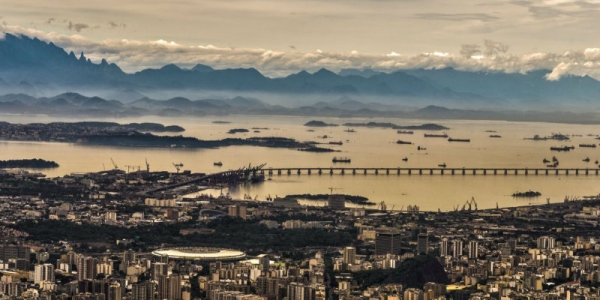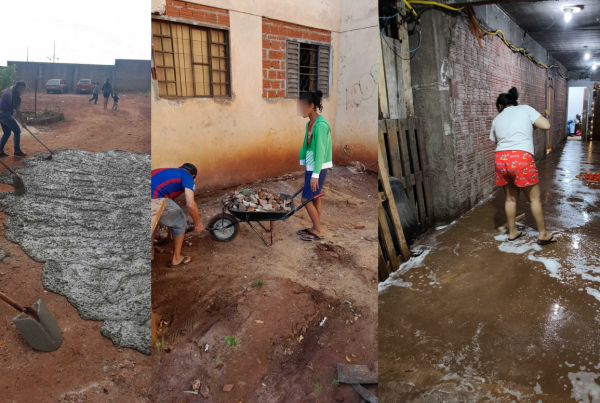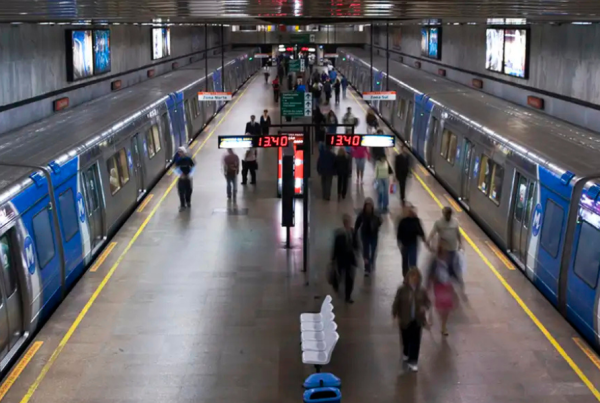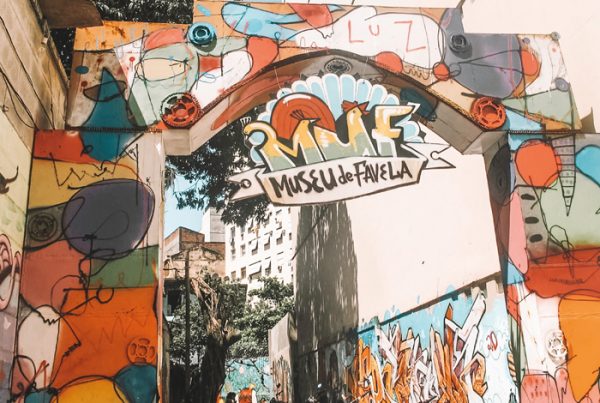A cidade do Rio de Janeiro tem vivido, nos últimos anos, um momento extremamente positivo de revitalização econômica, propiciado em parte pela realização dos megaeventos esportivos. Porém, até agora não foi possível observar qualquer sinal de progresso na criação de instrumentos para a governança integrada da sua região metropolitana. Neste artigo, Luiz Cesar de Queiroz Ribeiro e Nelson Rojas de Carvalho mostram que a metrópole permanece esquecida, já que o Rio de Janeiro não alterou o seu velho modelo de desenvolvimento, baseado na hegemonia do circuito secundário de acumulação urbana, no qual a produção do espaço construído é o próprio objeto de acumulação (mercado imobiliário, obras públicas, serviços públicos e a propriedade da terra).
O artigo “Rio de Janeiro in the contexto of mega events: the hegemony of a development model against the metropolis”, dos professores Luiz Cesar de Queiroz Ribeiro e Nelson Rojas de Carvalho, é mais um produto da Rede INCT Observatório das Metrópoles produzido para o IV World Planning Schools Congress, realizado no Rio de Janeiro em julho de 2016.
A seguir a Introdução do artigo (versão em inglês) e mais o link para download completo.
INTRODUCTION
From the case study of Rio de Janeiro, this article objectifies to focus on the existing paradox between the growing economic relevance of the metropolises to the establishment of large companies and the lack of effective organisms of governance and integrated development projects matching these territories’ scale. The metropolis of Rio de Janeiro represents a suitable case study for dealing with this paradox. After going through almost 30 years of economic stagnation and social crisis, the city is now living a virtuous cycle of economic growth boosted by large public and private investments.
Despite the extremely positive moment of economic revitalization, up to now it has not been possible to observe any sign of progress in the creation of instruments of metropolitan governance, or in the mobilization of business associations around metropolitan issues. This article proposes the following argument: the moment of inflection that Rio de Janeiro is now living has not changed its model of development, which has been based on the hegemony of the secondary circuit of urban accumulation. The predominance of a local political economy formed by the secondary circuit of urban accumulation creates an environment that is not favorable to the transformation of the metropolis into a territory as a collective productive force, since the production of built space is the very object of accumulation (real estate, public works, public services, land ownership).
We further stress that the development model of the metropolis, arising from the hegemony of the secondary circuit of urban accumulation, was reinforced in the current growth cycle due to its connection with the urban entrepreneurship strategy underway in the city, which aims to locate Rio in an advantageous position in the international entertainment industry. Although successful, the trajectory of development trailed by the city solidified the metropolis as an non politicized territory. What are the elements that can make the metropolises into political territories? Cox (1998), it is how much the metropolises are capable of constituting themselves as territories involved in economic policy, social actors whose collective action is possible and organized according to a future project.
For Boudreau and Keil (2004), it is a territory with the capacity to generate a spatial policy containing three interrelated elements: (i) political and institutional entity; (ii) public policies; (iii) modes of social regulation. In other words: legitimacy and responsibility in collective action; capacity to generate and implement public policies; existence of structures, arrangements, mechanisms and instruments necessary for the mobilization of the actors, creation of instance of mediation among the actors. regarding both the scale and the scope of urban interventions.
Our paper is divided into four sessions. In the first session we describe the main characteristics of the Metropolitan Region of Rio de Janeiro and we present a brief historical overview of its recent development. In the second session we present the successive neoliberalism experiments over the past 20 years through which the city’s entrepreneurial model was designed and consolidated.
In the third session we focus on the translation of the entrepreneurial strategy of the city in three urban intervention projects: a) the renewal of the central area of the city through the reform of the Port; b) the reform of the city mobility system through the concession of bus lines and the construction of four express bus corridors (Bus Rapid Transit System/BRTS); c) the reform and privatization of the Maracanã Stadium.
In the conclusion, we discuss the nature of the current hegemonic development model in Rio de Janeiro and its implications for the development of the metropolitan region. We show the alternatives to this model, drawing attention to the limits for such alternatives deriving from the territory resources, the metropolis position in the urban hierarchy of the world economy and the governing coalition of the region.
See more:
Publicado em Artigos Científicos | Última modificação em 11-08-2016 20:50:30

















